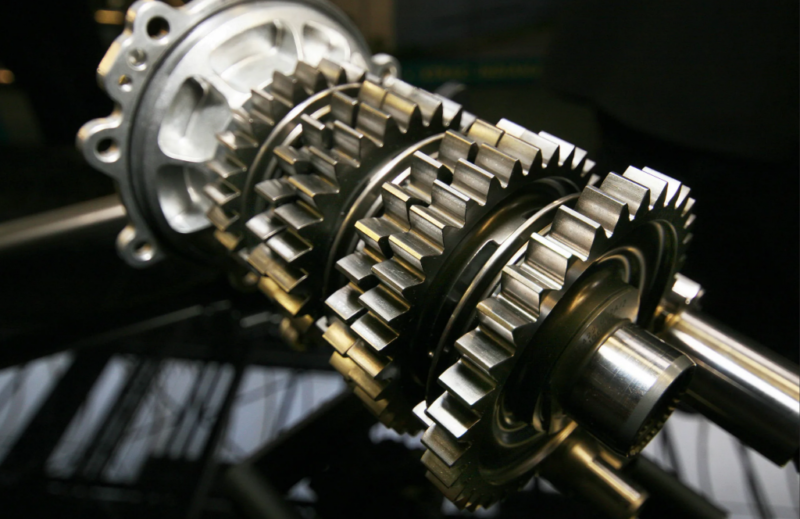2005 Jeep Wrangler Manual Transmission Problems
Are you experiencing issues with the manual transmission in your 2005 Jeep Wrangler? Manual transmissions are known for their durability, but like any mechanical component, they can develop problems over time. In this article, we will discuss common problems with the manual transmission in the 2005 Jeep Wrangler, symptoms and signs to look out for, the potential consequences of ignoring these issues, and the repair costs associated with fixing them.
Common Problems
Some of the most common problems that Jeep Wrangler owners may encounter with the manual transmission include:
- Grinding or popping noises when shifting gears
- Difficulty shifting into gear
- Clutch slippage
- Leaking transmission fluid
- Transmission overheating
Symptoms and Signs

If you are experiencing any of the following symptoms or signs, it may indicate a problem with your Jeep Wrangler’s manual transmission:
- Strange noises when shifting gears
- Difficulty engaging or disengaging gears
- Burning smell coming from the transmission
- Transmission slipping or jerking
- Visible leaks of transmission fluid
Consequences
Ignoring problems with your manual transmission can lead to more serious issues down the line, including:
- Complete transmission failure
- Damage to other components in the drivetrain
- Costly repairs or replacement of the transmission
- Unsafe driving conditions
Repair Cost
The cost of repairing a manual transmission in a 2005 Jeep Wrangler can vary depending on the extent of the damage and the specific repairs needed. On average, you can expect to pay anywhere from $500 to $2000 for transmission repairs. However, more severe issues may require a complete transmission replacement, which can cost upwards of $3000 or more.
| Transmission Trouble | Repair Cost |
|---|---|
| Grinding noises | $500-$1000 |
| Clutch slippage | $800-$1500 |
| Transmission fluid leak | $200-$500 |
| Complete transmission replacement | $3000+ |
If you are experiencing issues with your 2005 Jeep Wrangler’s manual transmission, it is important to address them promptly to avoid more costly repairs in the future. By being aware of common problems, symptoms, and repair costs, you can make informed decisions about maintaining the health of your vehicle’s transmission.
